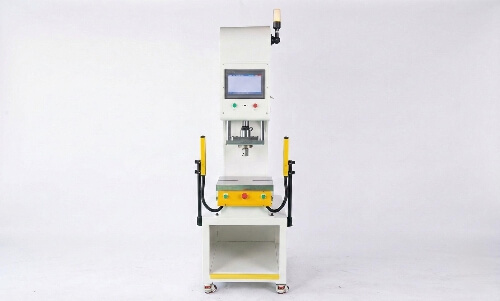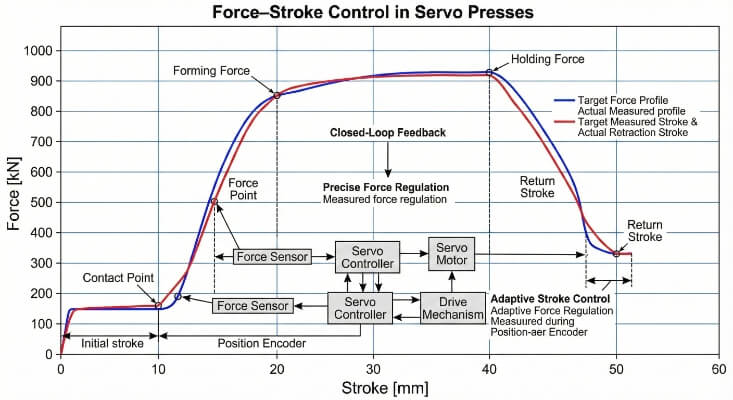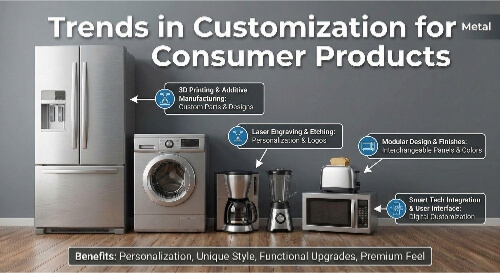In today’s fast-paced world, traditional manufacturing methods often struggle to meet the demand for quick delivery and customized products. On-demand manufacturing offers a solution to this challenge. It allows companies to produce items when needed, reducing the need for extensive inventories and long wait times. This change reshapes how businesses approach production, providing more flexibility and efficiency.
Traditional manufacturing methods no longer meet today’s fast-paced market demands. Let me show you how on-demand manufacturing creates new possibilities for businesses like yours.
What is On-Demand Manufacturing?
On-demand manufacturing is a process in which products are made only when ordered. Instead of producing large quantities ahead of time, items are created as needed.
This method is more flexible and cost-effective, allowing businesses to focus on smaller production runs. Companies can create products that meet specific customer needs without wasting time or resources on unsold inventory.
How Does On-Demand Manufacturing Work?
The process follows three main steps. First, customers submit their 3D models or design files. Next, automated systems check these files and create production plans. Last, modern machines make the parts using the approved specs.
New software helps track each order from start to finish. Customers see real-time updates about their project status. Quality checks happen at key points to catch any issues early.
Digital tools make the whole process smooth. They help with pricing, scheduling, and production planning. This means faster quotes and more precise delivery dates.

On-Demand Manufacturing vs Traditional Manufacturing: What’re the Differences?
On-demand manufacturing and traditional manufacturing are two different approaches to production. Each has its strengths and weaknesses. Let’s break down the key differences to help you understand which method might work best for your needs.
Production Speed
On-demand manufacturing is faster. It allows businesses to quickly produce parts and products, often within days or hours. This is because production starts only after an order is placed.
Traditional manufacturing takes weeks or months to deliver finished products. The setup needs long planning cycles and tool preparations. Big batches move slowly through multiple production stages.
Customization Capabilities
Mass production limits design changes. Traditional methods require expensive new tools for each change, making custom products too costly for small runs.
On-demand systems allow quick design updates. Manufacturers can easily change specs between orders. Digital controls mean no extra tooling costs, making custom products practical at any volume.
Cost Efficiency
Traditional methods require large upfront investments. Companies must order large quantities to lower per-unit costs, which results in money being held in inventory that might not sell.
On-demand production has low startup costs. You pay for exactly what you need. No minimum orders mean better cash flow. Prices stay steady for both small and medium runs.
Flexibility
Old methods lock you into one design for months. Changing products means costly delays and wasted materials; market shifts can leave you with an outdated inventory.
On-demand systems adapt to changes quickly. New products launch without long setups, and design updates happen between orders. This helps companies match market demands quickly.
Different Processes Used in On-Demand Manufacturing
On-demand manufacturing uses different processes to create custom products. Let’s examine some standard methods used in this process.
CNC Machining
CNC machining involves computer-controlled machines cutting and shaping materials like metal or plastic. It’s known for its precision and ability to create complex parts. CNC machining works well for on-demand manufacturing because it allows quick design adjustments.
3D Printing
3D printing, or additive manufacturing, builds objects layer by layer from digital designs. This process can make complex shapes that are hard to create with traditional methods. 3D printing is often used for prototypes or small production runs.
Sheet Metal Fabrication
Sheet metal fabrication involves cutting, bending, and assembling metal sheets to create products. It is often used for making parts like enclosures, frames, and panels. On-demand manufacturing benefits from sheet metal fabrication because it allows quick production of durable, custom parts.
Injection Molding
Injection molding is a process in which molten material, usually plastic, is injected into a mold to form a part. This process is known for quickly producing consistent, high-quality parts. While it’s often used for high-volume production, it can also work well in on-demand manufacturing once the mold is created.
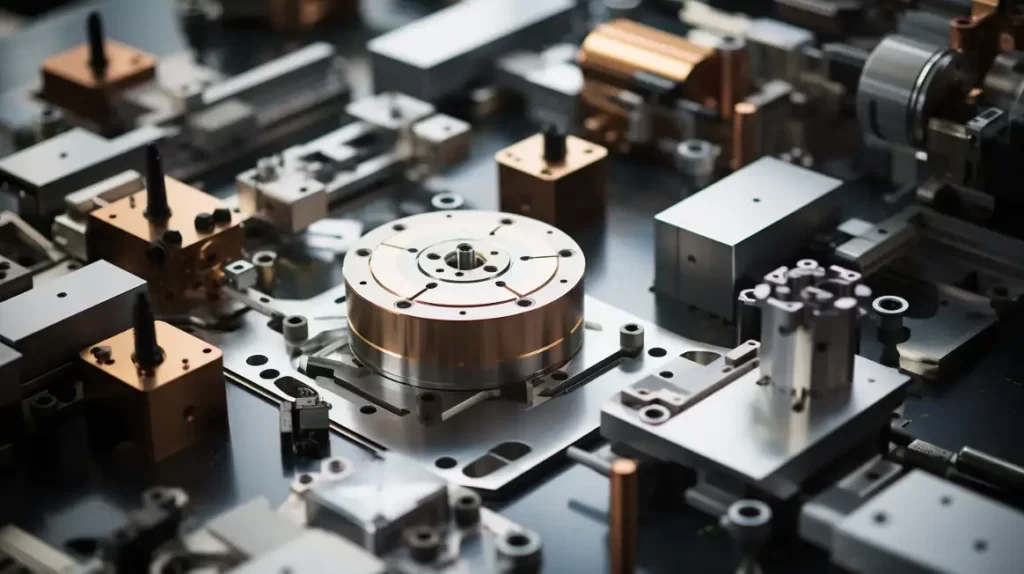
The Advantages of On-Demand Manufacturing
On-demand manufacturing offers several benefits that make it an attractive option for businesses. Let’s dive into the key advantages.
Reduced Lead Times and Faster Turnaround
On-demand manufacturing significantly reduces lead times. Products are made only when needed, eliminating the wait associated with traditional mass production. This faster turnaround helps businesses respond quickly to market demands and customer requests.
High Level of Customization
On-demand manufacturing allows for easy changes in design and production. This flexibility is perfect for creating unique or specialized products. Whether you need a prototype or a custom part, this method can meet your specific requirements.
Improved Supply Chain Efficiency
Instead of making products ahead of time and storing them, products are made when needed. This reduces the risk of overproduction or running out of stock. Businesses can manage their inventory better and respond quickly to changes in demand.
Cost-Effective Production for Small Runs
On-demand manufacturing allows businesses to produce smaller batches without the high costs associated with setup and tooling, making it ideal for startups and small businesses.
Environmental Impact and Sustainability Benefits
Since products are only made as needed, there’s less waste. Businesses don’t have to store unsold items, which means less packaging and transportation. This process helps reduce waste and the carbon footprint, promoting sustainability.
Limitations of On-Demand Manufacturing
On-demand manufacturing has many advantages, but it also has some challenges. Let’s examine these limitations.
Limited Availability of Specialized Technologies
On-demand manufacturing relies on 3D printing, CNC machining, and laser cutting. However, not all businesses have access to these tools or the expertise to use them. Setting up the necessary infrastructure can be expensive and requires significant technical expertise.
Supply Chain Dependency
On-demand manufacturing depends on a well-functioning supply chain. Since products are made when needed, raw materials and parts must be available on time. Any disruption—like shipping delays or problems with suppliers—can cause production delays.
Potential Quality Variability
While on-demand manufacturing offers flexibility, there can be quality inconsistencies. This can happen when different processes or technologies are used. Slight variations in how products are made can result in subtle differences in quality.
Scalability Issues for Large-Volume Production
On-demand manufacturing is excellent for small runs or custom orders but can struggle with large-volume production. As order sizes grow, the process can become slower and more expensive.
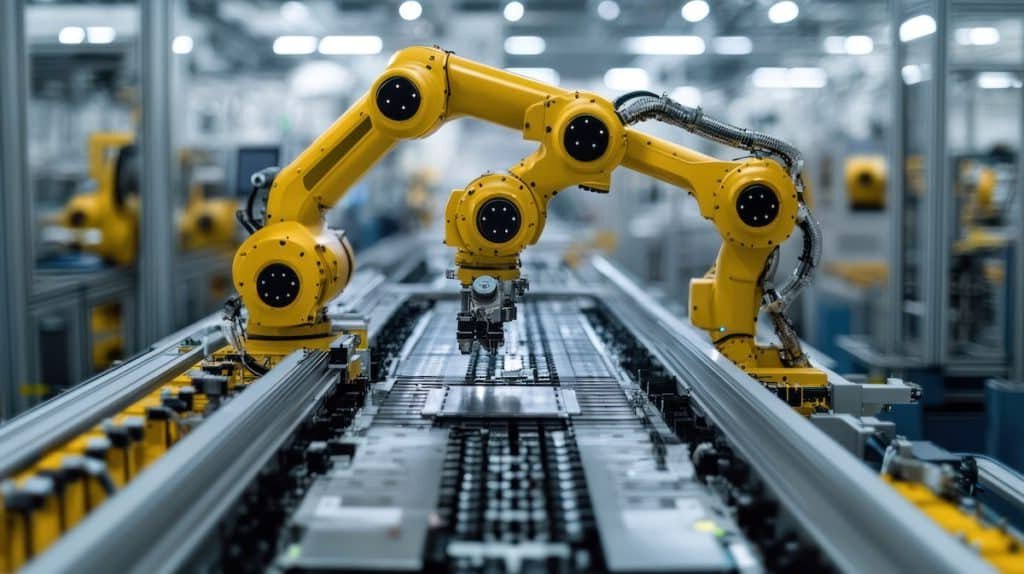
Industries Benefiting from On-Demand Manufacturing
On-demand manufacturing transforms various industries by offering faster, more flexible production solutions. Here are some of the key sectors reaping the benefits of this innovative approach.
Automotive
The automotive industry benefits significantly from on-demand manufacturing. It allows for the rapid production of custom parts and prototypes. This is crucial for testing new designs and making quick adjustments.
Aerospace
In aerospace, on-demand manufacturing helps create lightweight and durable parts with high precision. This method is ideal for making lightweight components that meet strict industry standards. It also allows for quick modifications, which is essential for aerospace projects.
Consumer Electronics
The consumer electronics industry thrives on innovation and speed. On-demand manufacturing helps companies quickly produce prototypes and small batches of new products. This accelerates the development process and allows for faster time-to-market.
Medical Devices
The medical device industry benefits from on-demand manufacturing due to its ability to create custom products. Many medical devices need to be tailored to specific patient needs. It also enables rapid prototyping, helping manufacturers bring new medical solutions to market faster.
Conclusion
On-demand manufacturing is revolutionizing product production. It offers businesses faster lead times, customization, and cost-effective solutions for small production runs. While there are challenges, such as limited access to specialized technologies and scalability concerns, the benefits far outweigh the drawbacks for many industries.
On-demand manufacturing could be the solution if you want to streamline your production process and reduce lead times. Reach out today to learn how it can help your business stay ahead of the competition.
Hey, I'm Kevin Lee

For the past 10 years, I’ve been immersed in various forms of sheet metal fabrication, sharing cool insights here from my experiences across diverse workshops.
Get in touch

Kevin Lee
I have over ten years of professional experience in sheet metal fabrication, specializing in laser cutting, bending, welding, and surface treatment techniques. As the Technical Director at Shengen, I am committed to solving complex manufacturing challenges and driving innovation and quality in each project.

